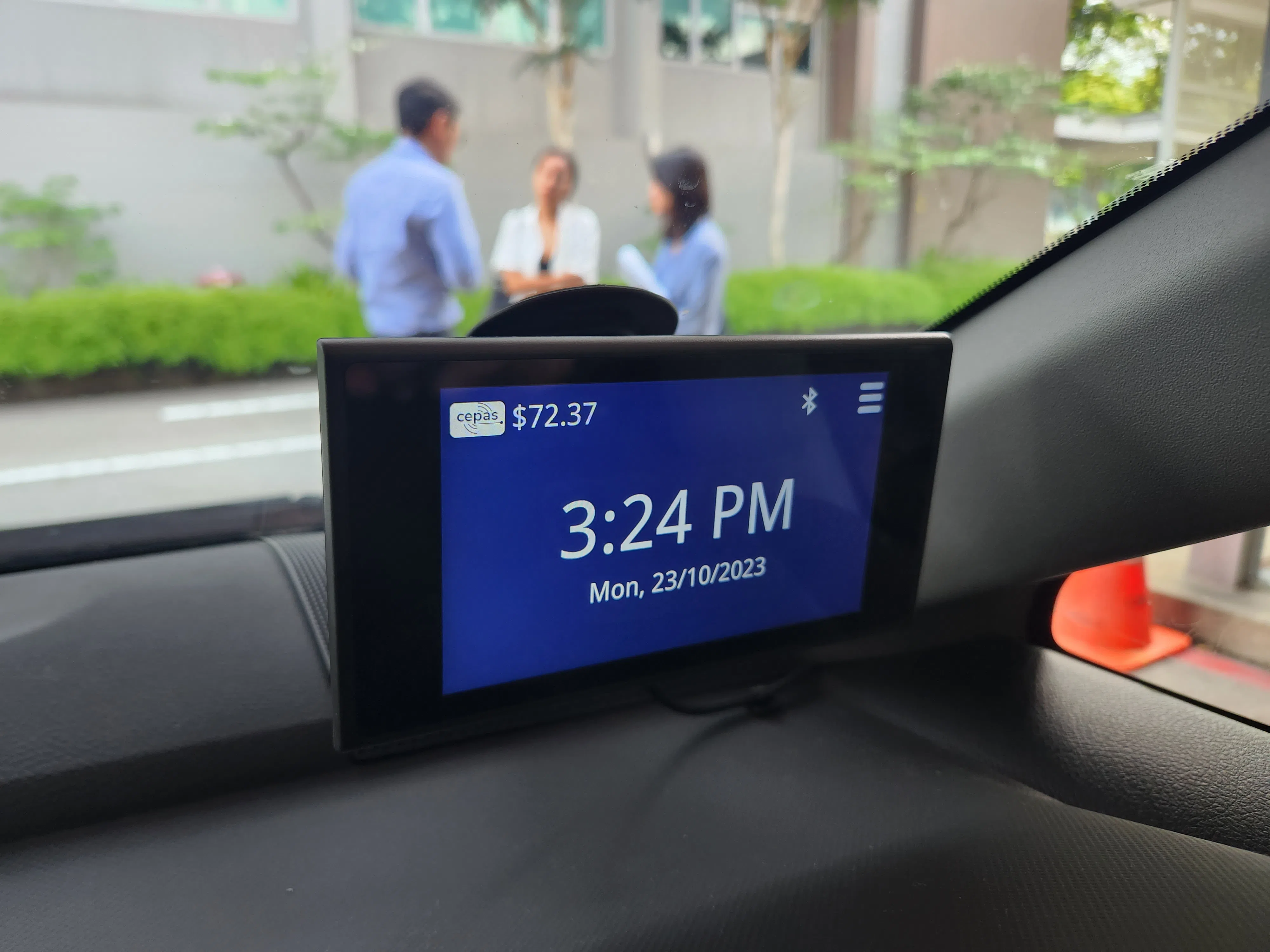NEW vehicles registered in Singapore on or after May 1, 2024, will be fitted with on-board units (OBUs) that can support distance-based road pricing, or Electronic Road Pricing 2.0 (ERP 2.0).
This is the latest move to prepare for the shift away from the current ERP system, which relies on gantries in fixed locations, to satellite technology-based ERP 2.0.
New motorcycles were the first in line, with OBUs having already been installed from Feb 13, said the Land Transport Authority (LTA) on Thursday (Mar 28).
Installation of the units on existing motorcycles will begin on Jun 1.
This is the second phase in the ERP 2.0 OBU roll-out, after fleet vehicles began receiving the units from November 2023.
Owners of new vehicles can finalise OBU installation options – such as where to place the processing unit or whether to have the optional touchscreen display – through relevant authorised distributors or dealers.
GET BT IN YOUR INBOX DAILY
Start and end each day with the latest news stories and analyses delivered straight to your inbox.
Owners of existing motorcycles will be notified by LTA – through letter, e-mail or SMS – when their vehicles are eligible for OBU installation, and instructions will be given on how to schedule an installation appointment at a listed workshop of their choice.
There is a two-month installation window, which begins a month from the date of notification. If, for example, an owner is notified of installation on May 1, they will need to install their OBU in June or July.
There is no cost if the OBU is installed within that window. Beyond that, owners must pay a “subsidised installation fee” of S$35.
OBU installation for all other existing vehicles, including privately owned passenger cars, will begin in the second half of 2024.
In November 2023, LTA said there were no immediate plans to switch to satellite-based road pricing. It now aims for all vehicles to have new OBUs installed after the end of 2025.
Earlier this month, Transport Minister Chee Hong Tat said in Parliament that Singapore is open to reviewing the idea of a one-off increase in its vehicle population, spread over a few years and accompanied by higher vehicle-usage charges to prevent congestion.






